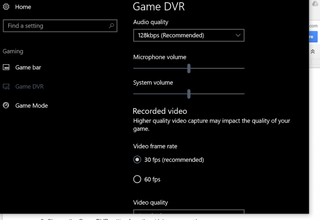

In the Performance Options dialog box, in the Advanced tab, click the Change button in the Virtual Memory.In the System Properties dialog box, in the Advanced tab, click the Settings button in the Performance.Right-click the Start button, select Control Panel > System and then click Change Settings. You can minimize the size of the paging file using the following steps: You should avoid altering the paging file on 32-bit systems, however. You could trim the paging file to 2 GB on a 16 GB system, for example, or to 3.5 GB on a 32 GB system without running into any noticeable performance problems.Īs a result, one of the Windows 10 performance tweaks you can make is to reduce the size of the paging file on such systems.

For systems with more RAM, you can make the paging file somewhat smaller. The paging file is typically 1.25 GB on 8 GB systems, 2.5 GB on 16 GB systems and 5 GB on 32 GB systems. On most Windows 10 systems with 8 GB of RAM or more, the OS manages the size of the paging file nicely. It supports system crash dumps and enables the system to use physical RAM more efficiently by writing some file content to a hard disk if the main memory is near capacity. The Windows paging file, or pagefile, is sometimes called Windows 10 virtual memory. You should stay up to date with the latest updates whenever possible, after testing them, and stay up to date on the latest known issues and bugs with each OS version. This could be the root of your Windows 10 performance problems.Ĭonversely, the issue could be that you haven't applied the latest Windows 10 update.


These updates do occasionally cause their own issues that you may need to address, so you should look into any known bugs and issues with the latest Windows builds. Microsoft provides two main categories of updates: Feature updates, which Microsoft releases biannually and include major new features, and Quality updates, which address security breaches, known bugs and other troubles with Windows 10.


 0 kommentar(er)
0 kommentar(er)
